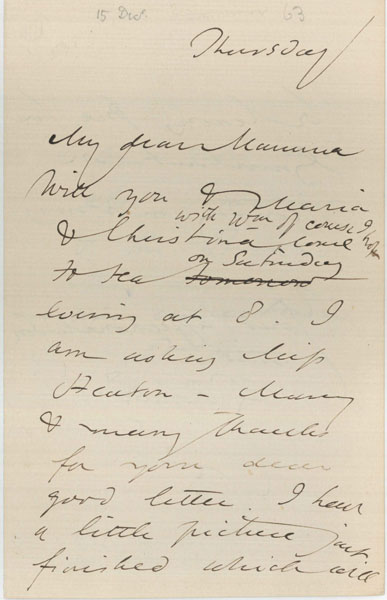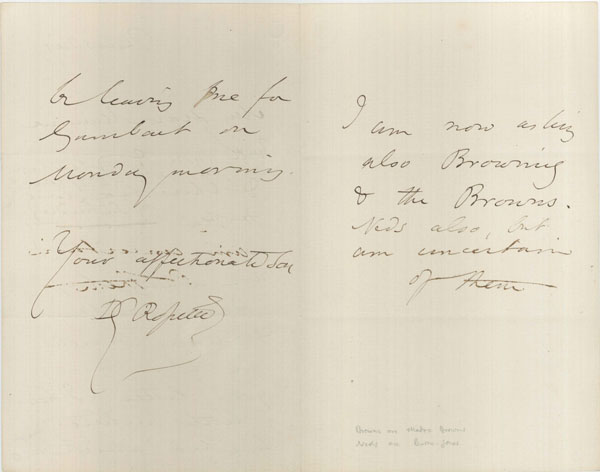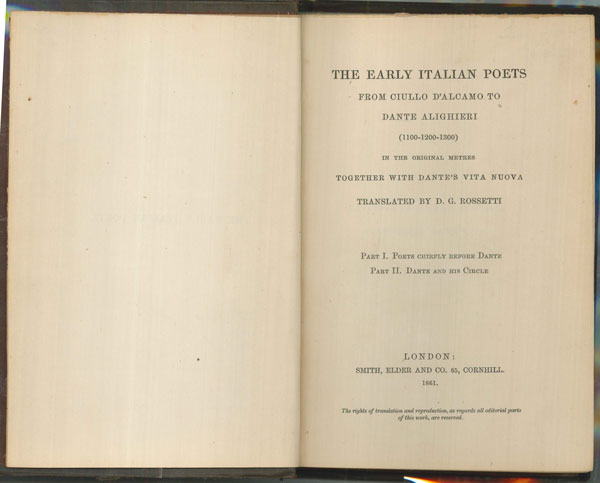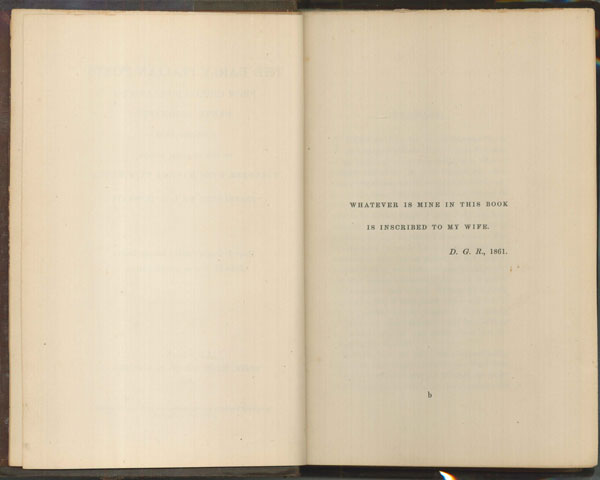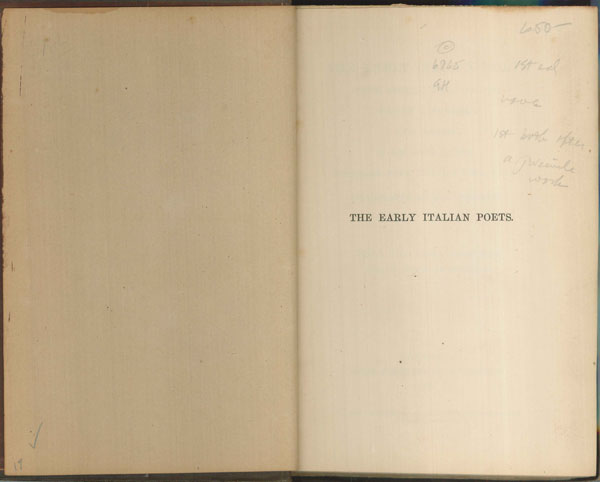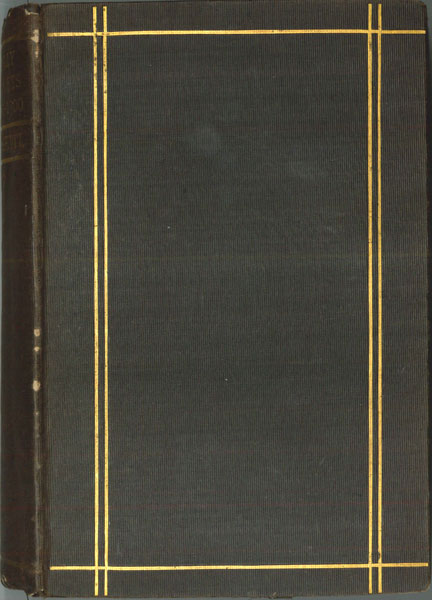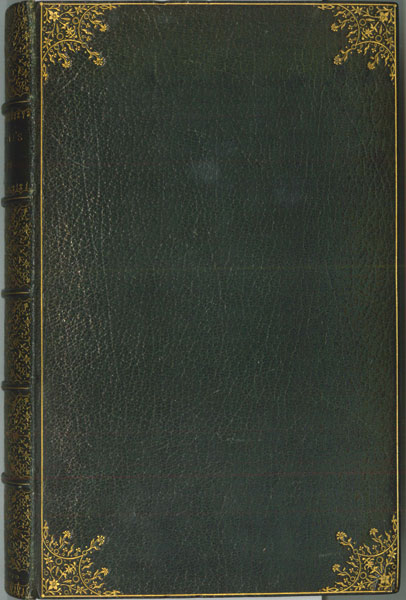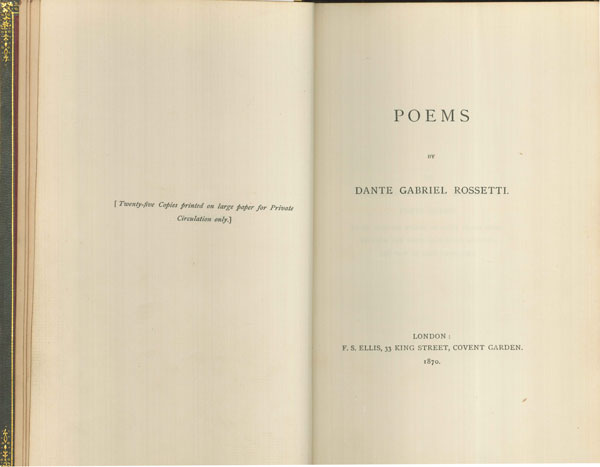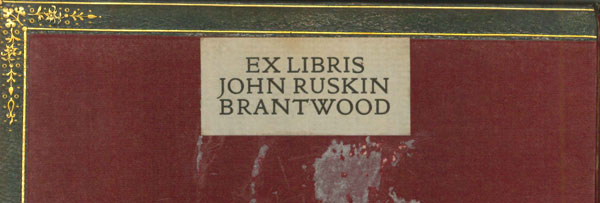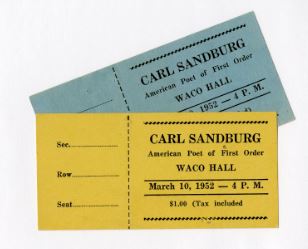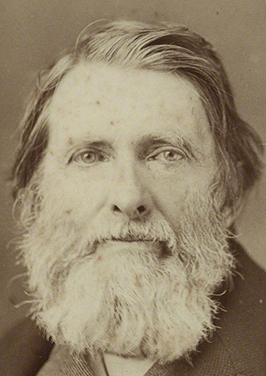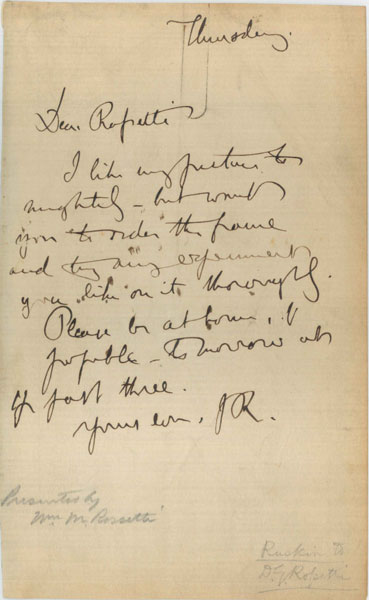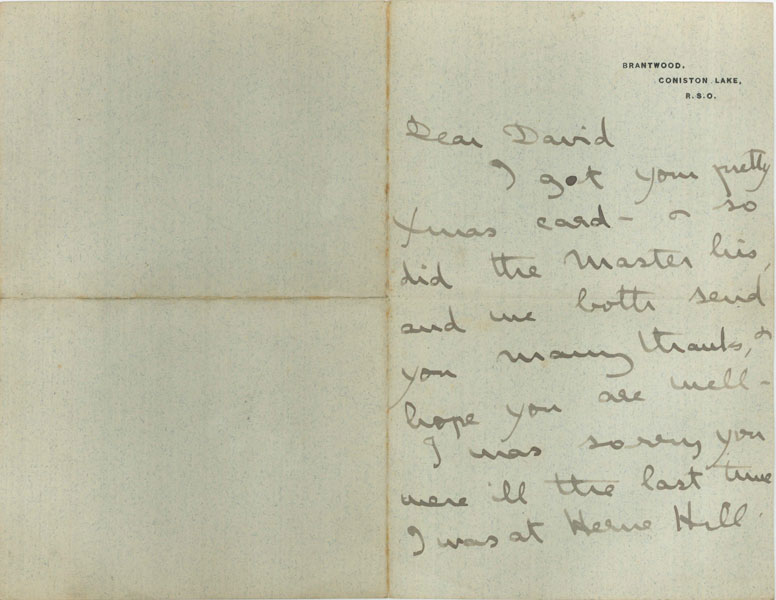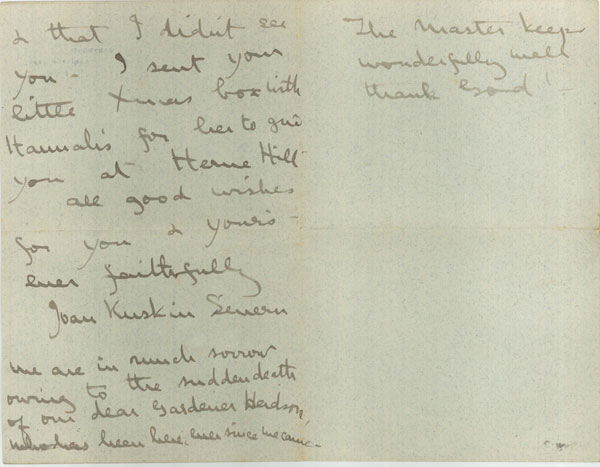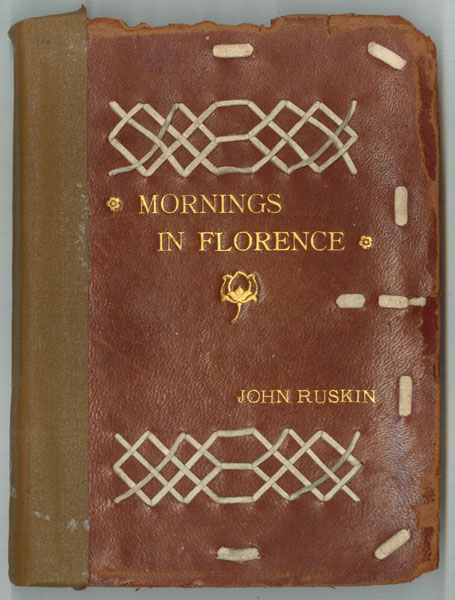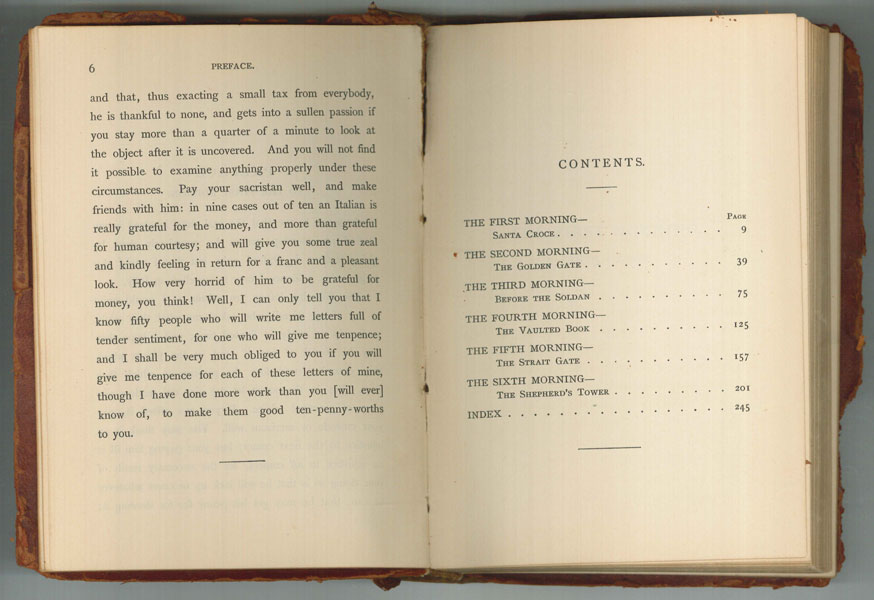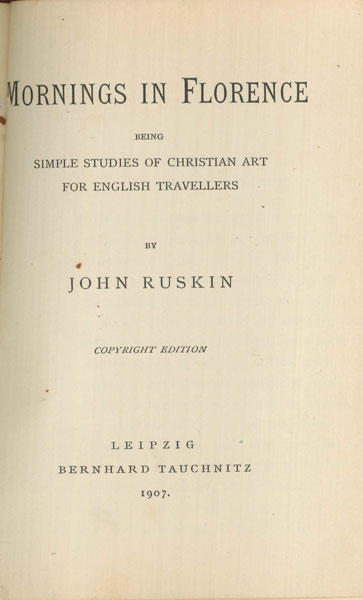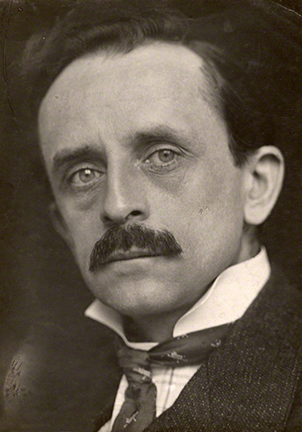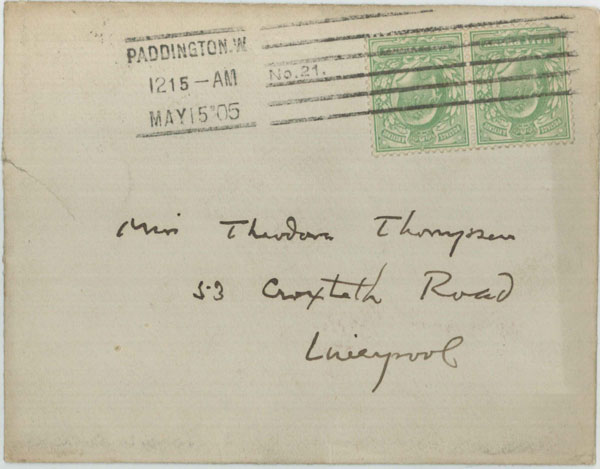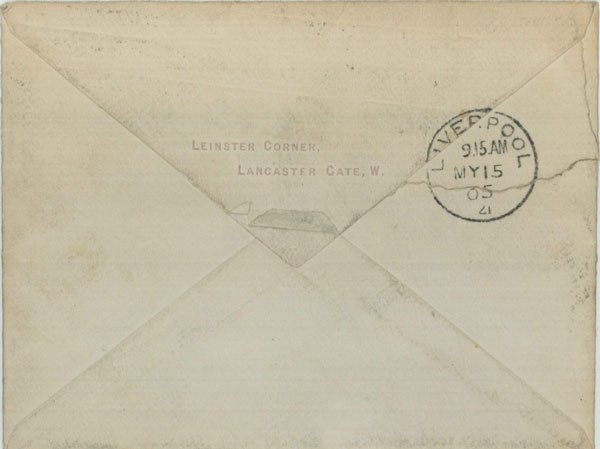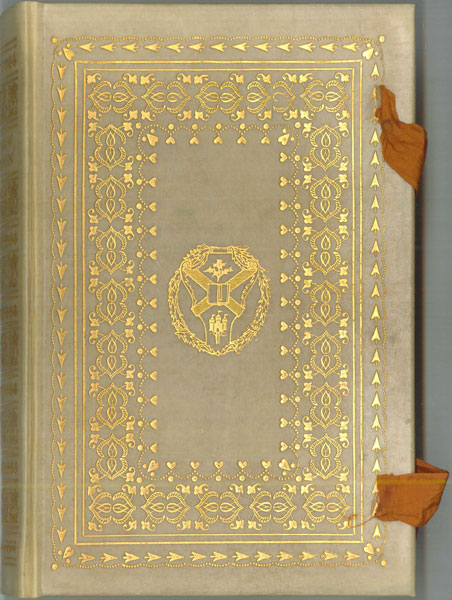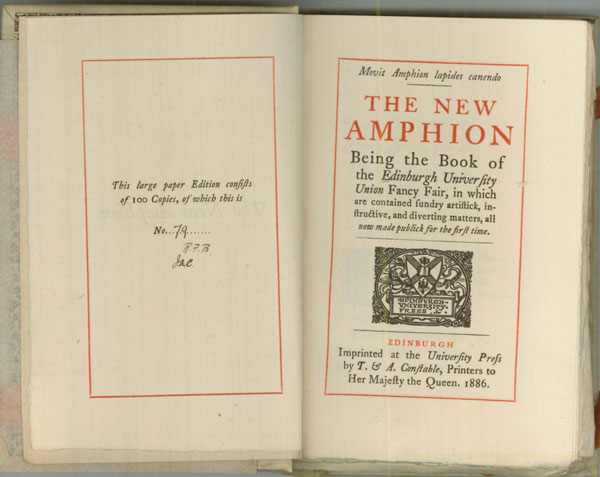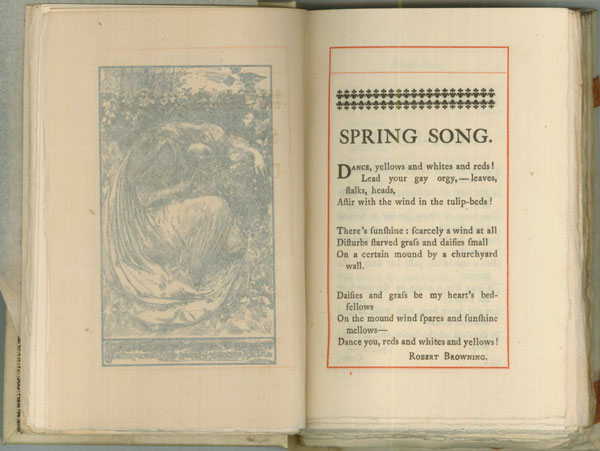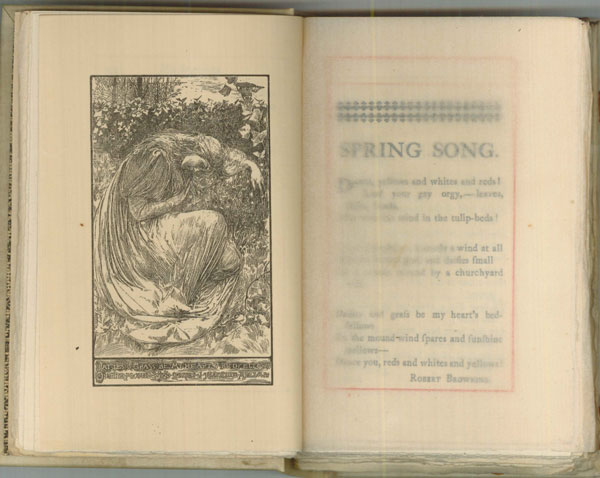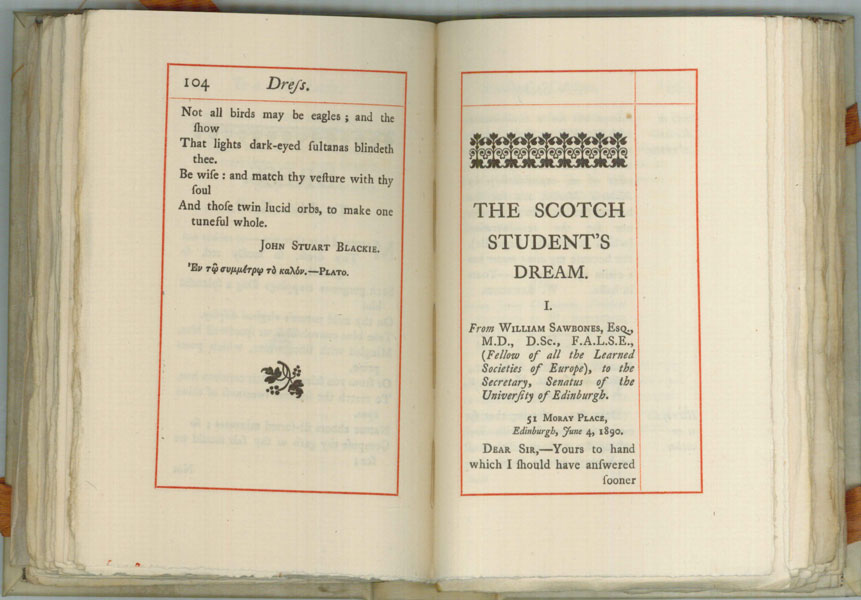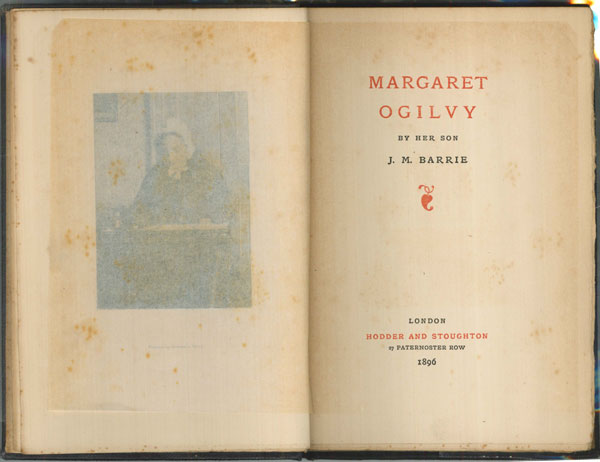By Cynthia A. Burgess, Librarian/Curator of Books & Printed Materials, Armstrong Browning Library
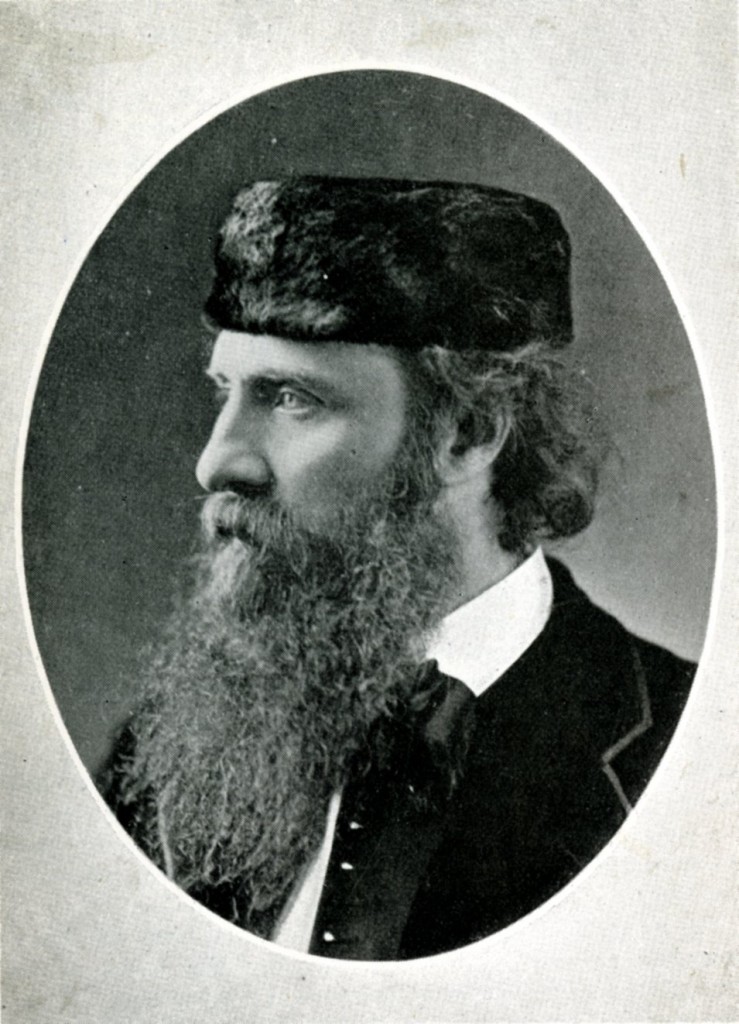
George MacDonald in 1872. Photograph by Sarony. From an extra-illustrated copy of The Poetical Works of George MacDonald (1893) in the Armstrong Browning Library’s George MacDonald Collection.
December 10th, 2014 is the 190th birthday of George MacDonald (1824-1905), Scottish fantasy writer, novelist, poet, and lecturer, whose works had a profound influence on such writers as C. S. Lewis, W. H. Auden, and J. R. R. Tolkien. Although ordained as a Congregational minister at Arundel, Sussex in 1850, his unorthodox views caused conflict with his parishioners which brought about his resignation in 1853. As his publications became successful, he used his books as his pulpit instead. He is well known for his children’s books, such as At the Back of the North Wind (1871) and The Princess and Curdie (1888), but also wrote compelling adult novels, among them Phantastes (1858), David Elginbrod (1863), Robert Falconer (1868), and Lilith (1895).
The Armstrong Browning Library is happy to mark George MacDonald’s 190th birthday by announcing the recent acquisition of eight letters written by MacDonald between 1861 and 1890; two of the letters are undated. They are shown here in chronological order:

Letter from George MacDonald to Mr. Hepburn. 30 October 1861.
Writing on the embossed stationery of Alexander Strahan, Publisher, MacDonald notes that he is “pushed for time,” and asks that a guinea be sent to him.
*****
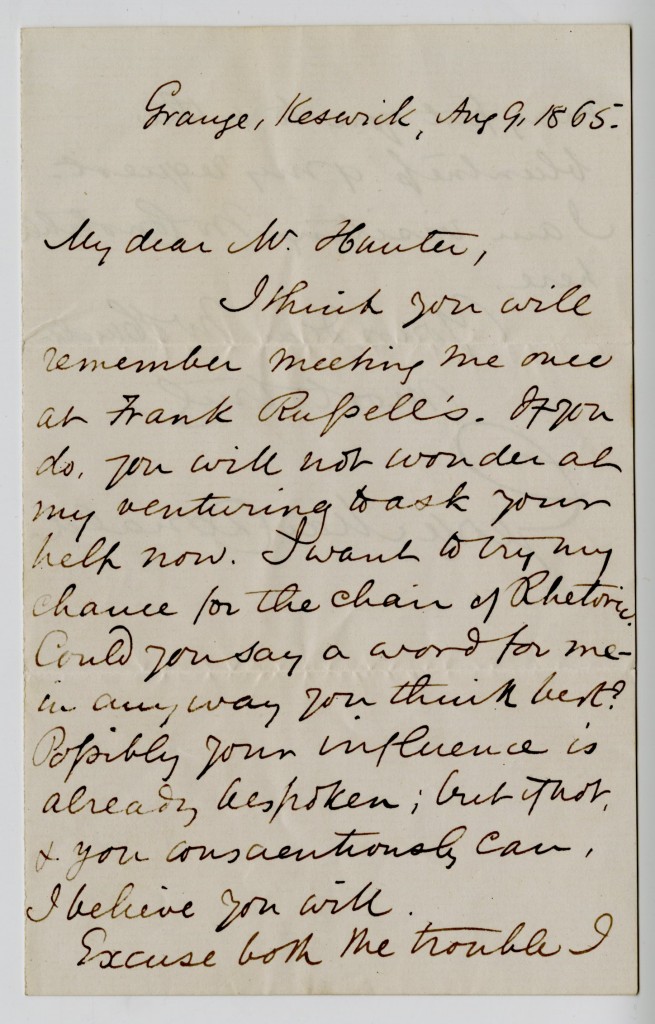
Letter from George MacDonald to Mr. Hunter. 9 August 1865.

Letter from George MacDonald to Mr. Hunter. 9 August 1865.
In this letter MacDonald addresses a slight acquaintance, stating that he wants “to try my chance for the chair of Rhetoric,” asking for Hunter to “say a word for me,” and closing with, “Possibly your influence is already bespoken; but if not, & you conscientiously can, I believe you will.”
*****
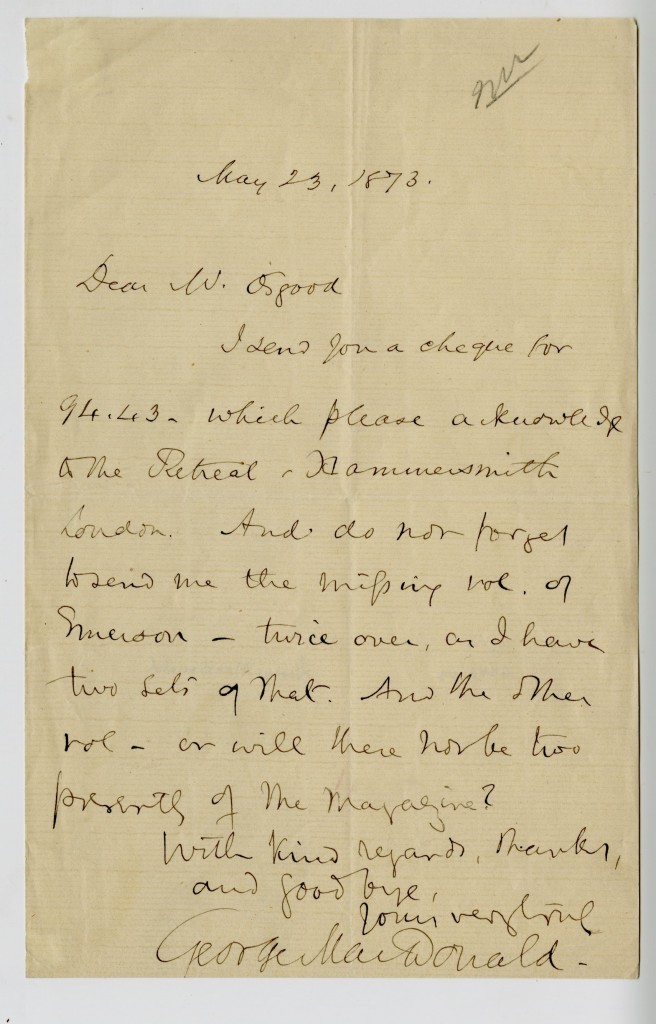
Letter from George MacDonald to Mr. Osgood. 23 May 1873.
Writing possibly to a book dealer, MacDonald sends a check and reminds his correspondent, “And do not forget to send me the missing vol. of Emerson – twice over, as I have two sets of that.”
*****
![Letter from George MacDonald to Sally [last name unknown]. 13 September 1882.](https://blogs.baylor.edu/armstrongbrowning/files/2014/12/1882-September-13-1-2hetgdc-674x1024.jpg)
Letter from George MacDonald to Sally [last name unknown]. 13 September 1882.
![Letter from George MacDonald to Sally [last name unknown]. 13 September 1882.](https://blogs.baylor.edu/armstrongbrowning/files/2014/12/1882-September-13-2-1ynchnu-661x1024.jpg)
Letter from George MacDonald to Sally [last name unknown]. 13 September 1882.
![Letter from George MacDonald to Sally [last name unknown]. 13 September 1882.](https://blogs.baylor.edu/armstrongbrowning/files/2014/12/1882-September-13-3-1thax31-675x1024.jpg)
Letter from George MacDonald to Sally [last name unknown]. 13 September 1882.
![Letter from George MacDonald to Sally [last name unknown]. 13 September 1882.](https://blogs.baylor.edu/armstrongbrowning/files/2014/12/1882-September-13-4-xtcgef-673x1024.jpg)
Letter from George MacDonald to Sally [last name unknown]. 13 September 1882.
At the age of 58, MacDonald writes to a woman who appears to be a close friend, noting, “We are all getting old – and are perhaps ready to think both too much and too little of it. You need not mind it, for you have spent your life for others. The master is young and will make us all young by and by.”
*****

Letter from George MacDonald to Mr. Watkinson. 26 September 1883.

Letter from George MacDonald to Mr. Watkinson. 26 September 1883.
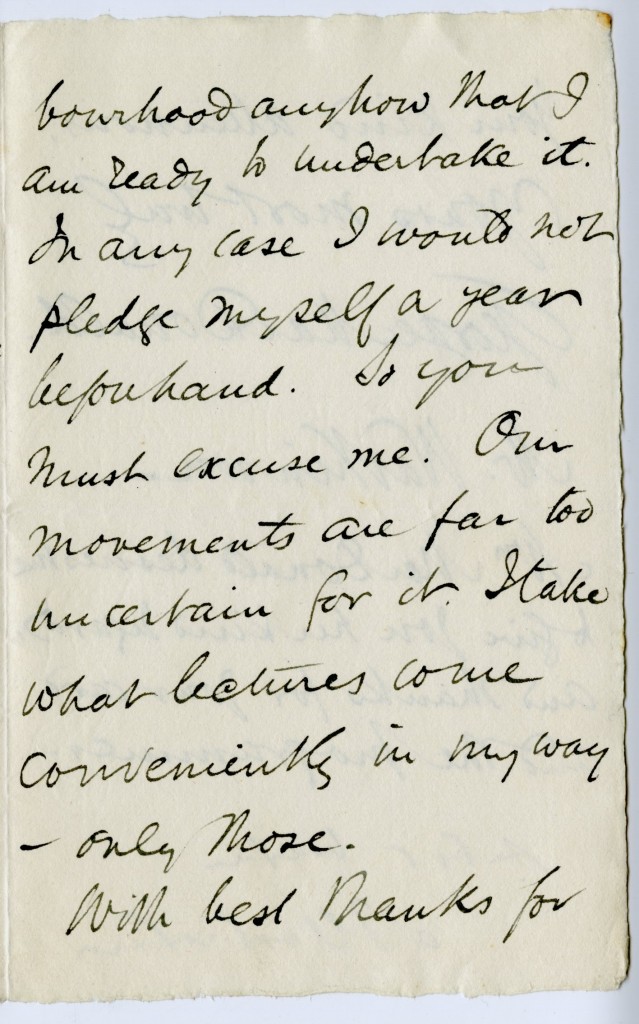
Letter from George MacDonald to Mr. Watkinson. 26 September 1883.
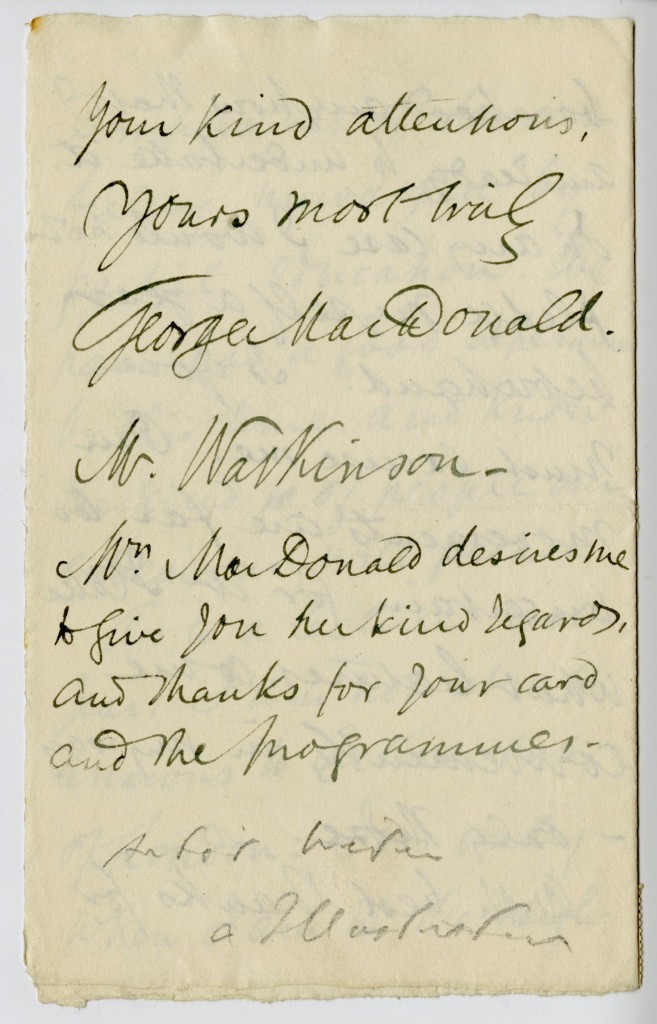
Letter from George MacDonald to Mr. Watkinson. 26 September 1883.
MacDonald begins this letter with, “I am sorry you are not able to count our visit to you a success.” Responding to an apparent request to lecture the following year, he writes, “I am not anxious to lecture out of London.” And he closes with, “In any case I would not pledge myself a year beforehand. So you must excuse me. Our movements are far too uncertain for it. I take what lectures come conveniently in my way – only those.”
*****
![Letter from George MacDonald to [Mr.] Hutchinson. 1 January 1890.](https://blogs.baylor.edu/armstrongbrowning/files/2014/12/1890-January-1-1rr1sd4-1024x822.jpg)
Letter from George MacDonald to [Mr.] Hutchinson. 1 January 1890.
Apparently Mr. Hutchinson sent MacDonald some of his written work, asking for assistance in getting it published in a magazine. MacDonald responds, “I cannot do what you ask me, for, as I think I told you before, Mr. Nicol is the only man I have acquaintance with among the magazines. I know nothing whatever about the editors of the Sunday at Home and the Leisure Hour.”
*****
![Letter from George MacDonald to Mr. Erskine. Monday, [no date].](https://blogs.baylor.edu/armstrongbrowning/files/2014/12/Monday-1mv633q-647x1024.jpg)
Letter from George MacDonald to Mr. Erskine. Monday, [no date].
In this social note, MacDonald says he must put off a visit “till another time” and “return to London where I have much to do.” Following his signature, MacDonald adds this intriguing postscript, “My friends have hopes of my success, but we really know nothing about it.”
*****
![Letter from George MacDonald to an Unknown Correspondent. 6 February [no year].](https://blogs.baylor.edu/armstrongbrowning/files/2014/12/ny-February-6-1x8iglu-665x1024.jpg)
Letter from George MacDonald to an Unknown Correspondent. 6 February [no year].
This brief note, written “in haste” in Edinburgh, seems to set an appointment with the unknown correspondent for the following month.
A Request for Information Regarding the Letters
As these letters are new acquisitions, they have not yet been thoroughly researched. The ABL welcomes any information regarding correspondents, circumstances, or relationships that these letters bring to light.
I am closing this post with an image of the house in which George MacDonald was born 190 years ago today.
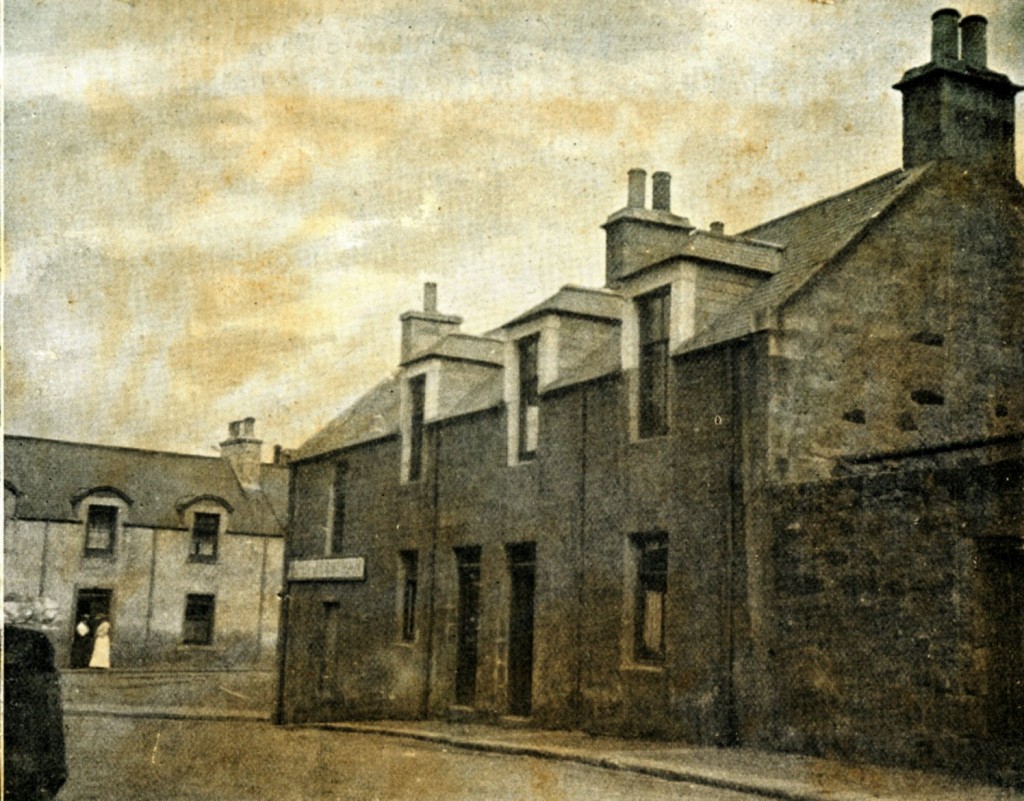
The house in Huntly, Aberdeenshire, Scotland, where George MacDonald was born. From an extra-illustrated copy of The Poetical Works of George MacDonald (1893) in the Armstrong Browning Library’s George MacDonald Collection.
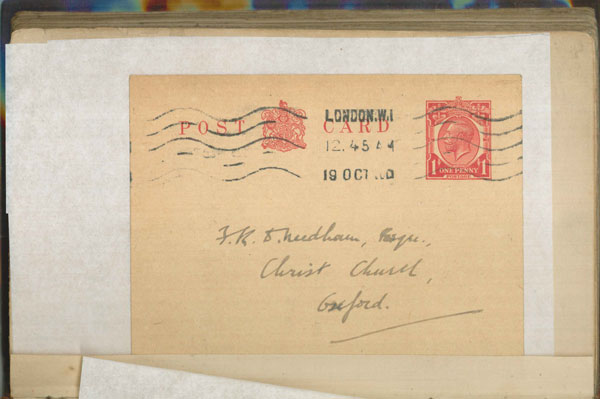
Christina Georgina Rossetti. Goblin Market and Other Poems. Cambridge, London: Macmillan and Co, 1862.

Christina Georgina Rossetti. Goblin Market. London : New York: George Routledge and Sons, Limited ; E.P Dutton & Co, 1905. The Broadway Booklets.
Christina Georgina Rossetti. Speaking Likenesses. Illustrated by Arthur Hughes. London: Macmillan and co, 1874.
Letter from Christina G. Rossetti to an Unidentified Correspondent. 29 December 1884.


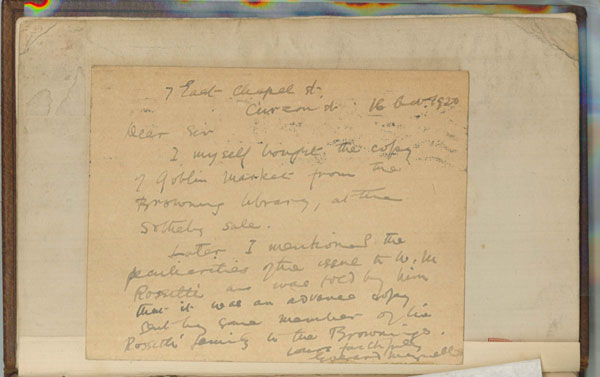
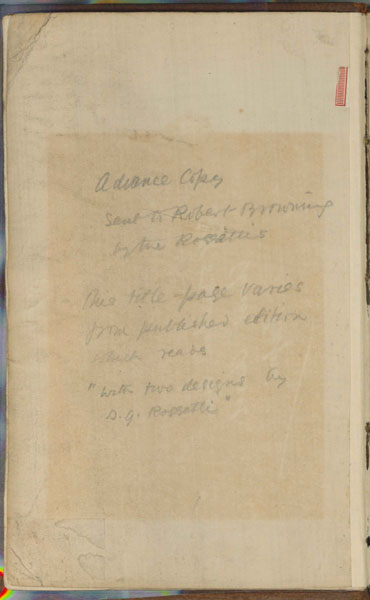
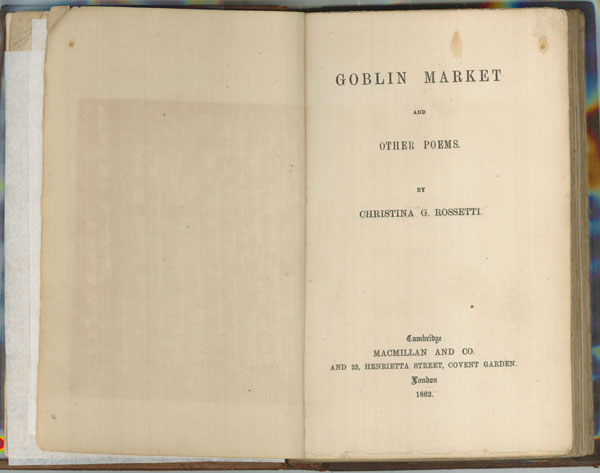
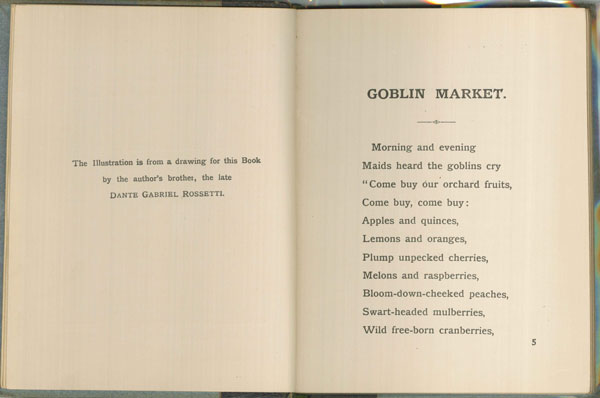
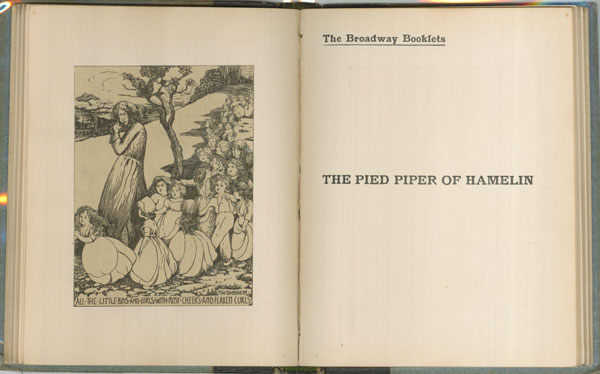

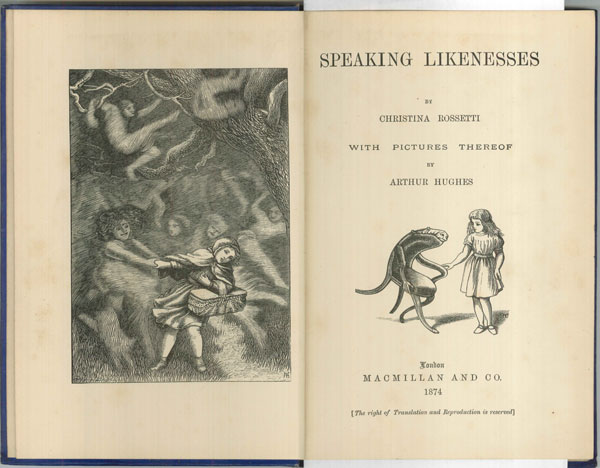

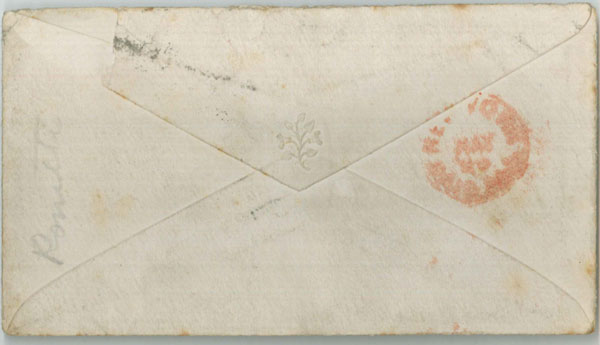
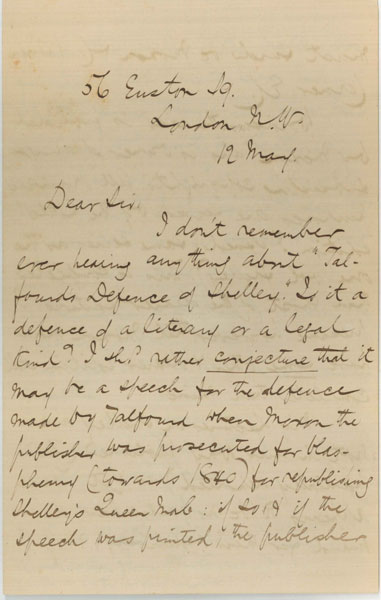

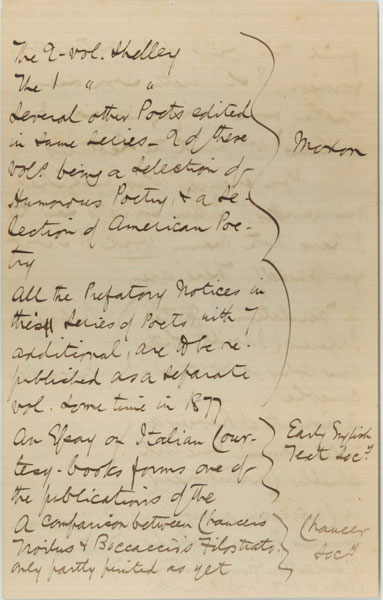
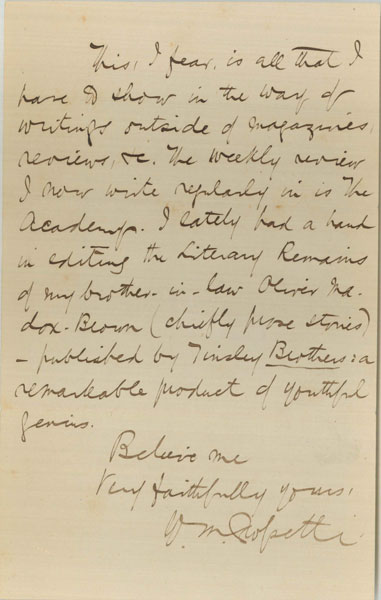


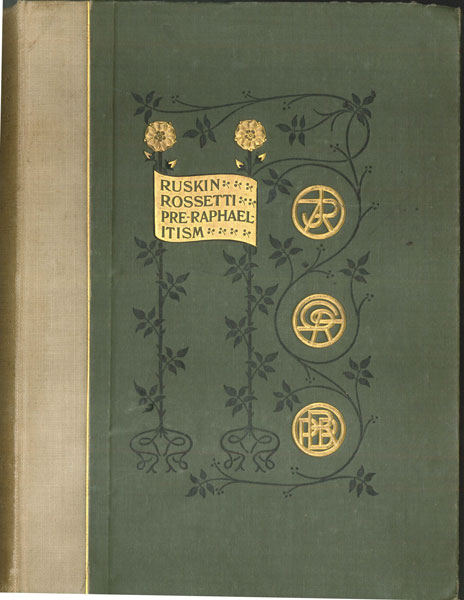
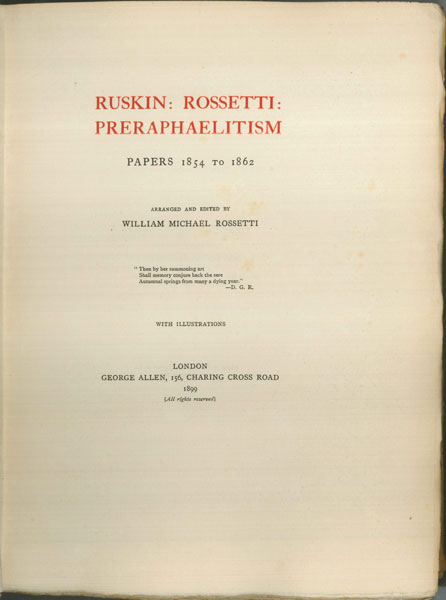
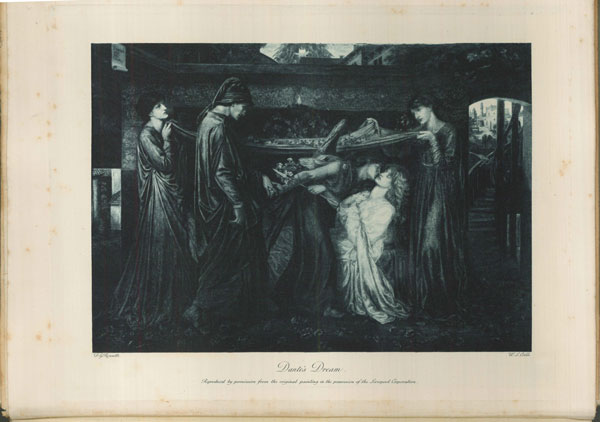

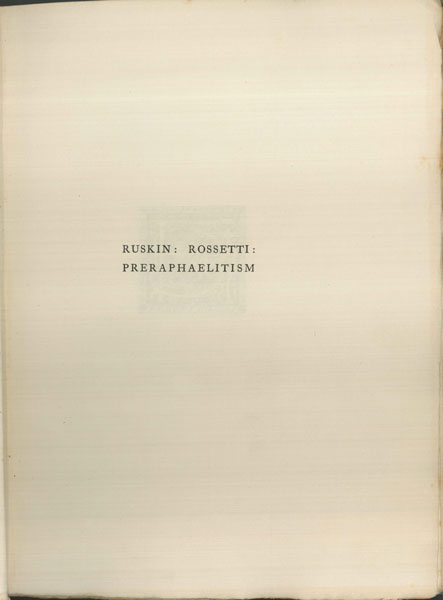
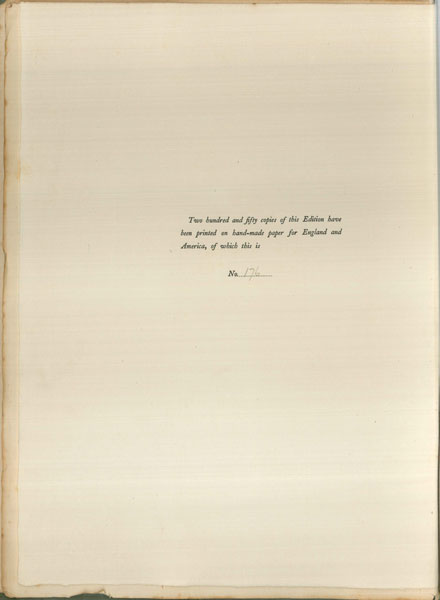





![Letter from George MacDonald to Sally [last name unknown]. 13 September 1882.](https://blogs.baylor.edu/armstrongbrowning/files/2014/12/1882-September-13-1-2hetgdc-674x1024.jpg)
![Letter from George MacDonald to Sally [last name unknown]. 13 September 1882.](https://blogs.baylor.edu/armstrongbrowning/files/2014/12/1882-September-13-2-1ynchnu-661x1024.jpg)
![Letter from George MacDonald to Sally [last name unknown]. 13 September 1882.](https://blogs.baylor.edu/armstrongbrowning/files/2014/12/1882-September-13-3-1thax31-675x1024.jpg)
![Letter from George MacDonald to Sally [last name unknown]. 13 September 1882.](https://blogs.baylor.edu/armstrongbrowning/files/2014/12/1882-September-13-4-xtcgef-673x1024.jpg)




![Letter from George MacDonald to [Mr.] Hutchinson. 1 January 1890.](https://blogs.baylor.edu/armstrongbrowning/files/2014/12/1890-January-1-1rr1sd4-1024x822.jpg)
![Letter from George MacDonald to Mr. Erskine. Monday, [no date].](https://blogs.baylor.edu/armstrongbrowning/files/2014/12/Monday-1mv633q-647x1024.jpg)
![Letter from George MacDonald to an Unknown Correspondent. 6 February [no year].](https://blogs.baylor.edu/armstrongbrowning/files/2014/12/ny-February-6-1x8iglu-665x1024.jpg)

